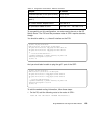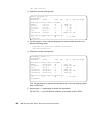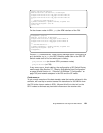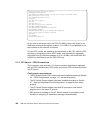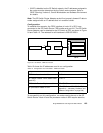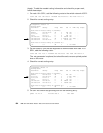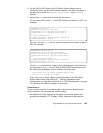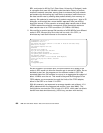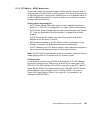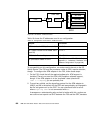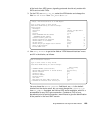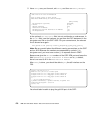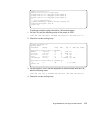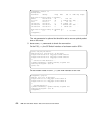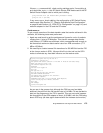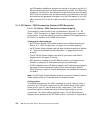Single RS/6000 SP and Single SP Switch Router 167
5.1.3 SP Switch - ATM Connection
This scenario might be used quite often to attach a single computer with an
ATM interface to the SP Switch of an SP system. This could, for example, be
an RS/6000 model S70 acting as an ADSM server or as a database server in
an SAP or BAAN environment. It could, as well, be a connection to another
already existing ATM Switch.
Configuration assumptions:
• An SP Switch Router ATM media card has been installed according to
Section 4.2, “ATM OC-3c Configuration” on page 110 and works properly.
• An SP Switch Router Adapter card has been installed according to Section
3.7, “Step-by-Step Media Card Configuration” on page 86 and works
properly.
• The SP Switch Router Adapter card and SP processor node Switch
adapters are in the same IP subnet.
• ARP should be enabled on the SP Switch network to provide the most
flexibility in assigning IP Addresses (strongly recommended!).
• If ARP is disabled on the SP Switch network, the IP addresses assigned to
the nodes must be determined by the Switch node numbers.
Note:
The SP Switch Router Adapter card will not properly forward IP data to
nodes assigned with an IP address that is in another subnet.
Configuration:
In this scenario, we chose an RS/6000 model F50 with a PCI ATM adapter
card to be connected to an ATM port on an ATM OC-3c media card in the
GRF 1600. The ATM interface of the F50 is connected to the GRF 1600 SP
Switch Router ATM OC-3c media card’s port 80. The GRF 1600 SP Switch
Router Adapter card is attached to the SP Switch of SP21, as shown in
Figure 55 on page 168 and Table 16 on page 168. The netmask for all
interfaces is 255.255.255.0.



